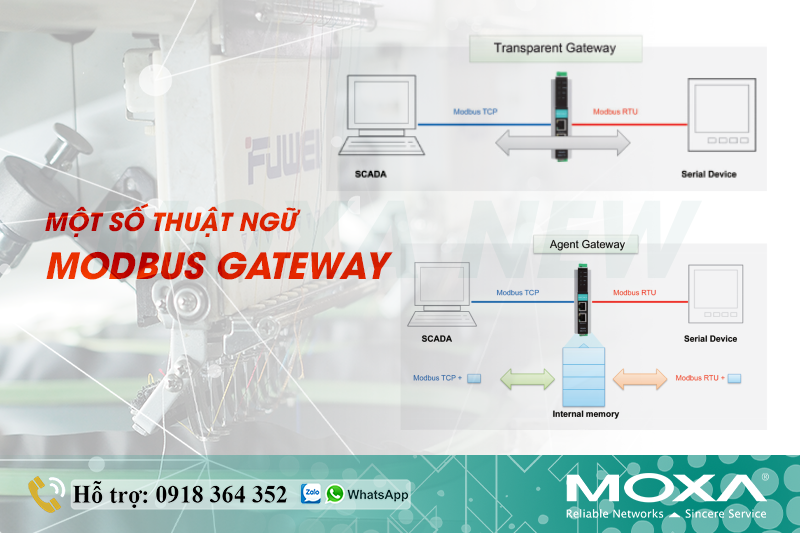THINGS TO NOTE WHEN CHOOSE TO BUY INDUSTRIAL SWITCH
Things to ask before choosing an industrial Ethernet switch for your next project
An industrial Ethernet network can have more than 1,000 nodes, hundreds of cables and an infinite combination of switches, bridges, routers, network cards and servers. When starting a new project, it is not always easy to choose which Ethernet adapter to match.
There are a number of requirements to consider before searching for the switch that best suits your application. Here are some helpful questions to ask when starting the project:
1. Does the application have managed or unmanaged Ethernet switches?
You need to decide what level of network management capabilities is required for your application. Unmanaged Ethernet switches for simple plug-and-play connectivity. They help reduce overall traffic on the LAN, improve connection speed and reduce errors.
Managed switches are for advanced control of your LAN and for applications that require monitoring or segmenting network traffic and high bandwidth. They usually include software to configure your network and diagnostic ports to monitor LAN traffic.
2. What data rates are required?
Important and consistent data transmission. Based on the amount and type of data you will transmit, you need to know which speed will suit the project. Options include: 10 / 100Mbps, Gigabit or 10G or a combination of 10 / 100Mbps and Gigabit.
3. Does the application require Power of Ethernet (PoE) functionality?
In industrial applications, PoE is best when it comes to large data transmission and flexible power delivery. Some common applications include security, RFID / infrared, wireless access points, connectivity, and the ability to access and back up resources.
4. Do you need optical and anti-interference cables?
First, you need to choose between multi mode modes (multi mode) or single mode and then select fiber connectors. Some popular fiber connectors include SC, ST and LC.
5. How many Ethernet ports does the application need?
When deciding how many Ethernet ports you need, it's important to think about the future of the project. Does it make sense to choose a switch with a few additional ports to expand in the future? Is it reasonable to choose a switch that supports Gigabit speed for future bandwidth increase requirements?
6. Does the application require a compact switch or a specific mounting format?
Consider the future position of the device - what space are you working with and what components will need to be covered in the factory, vibration or other hazards? Where is the installation location? In the electrical cabinet, on the wall, ...?
7. What are the temperature requirements for this application?
Ethernet switches for industrial situations cannot get similar pampered office equipment. You have to consider the temperature range that your device will increase daily.
8. Which power supplies are available to power not only switches, but all other devices?
You need to know the total energy budget needed to provide the Ethernet switch and all connected devices. (Source 24vdc / 48vdc or 220Vac)


